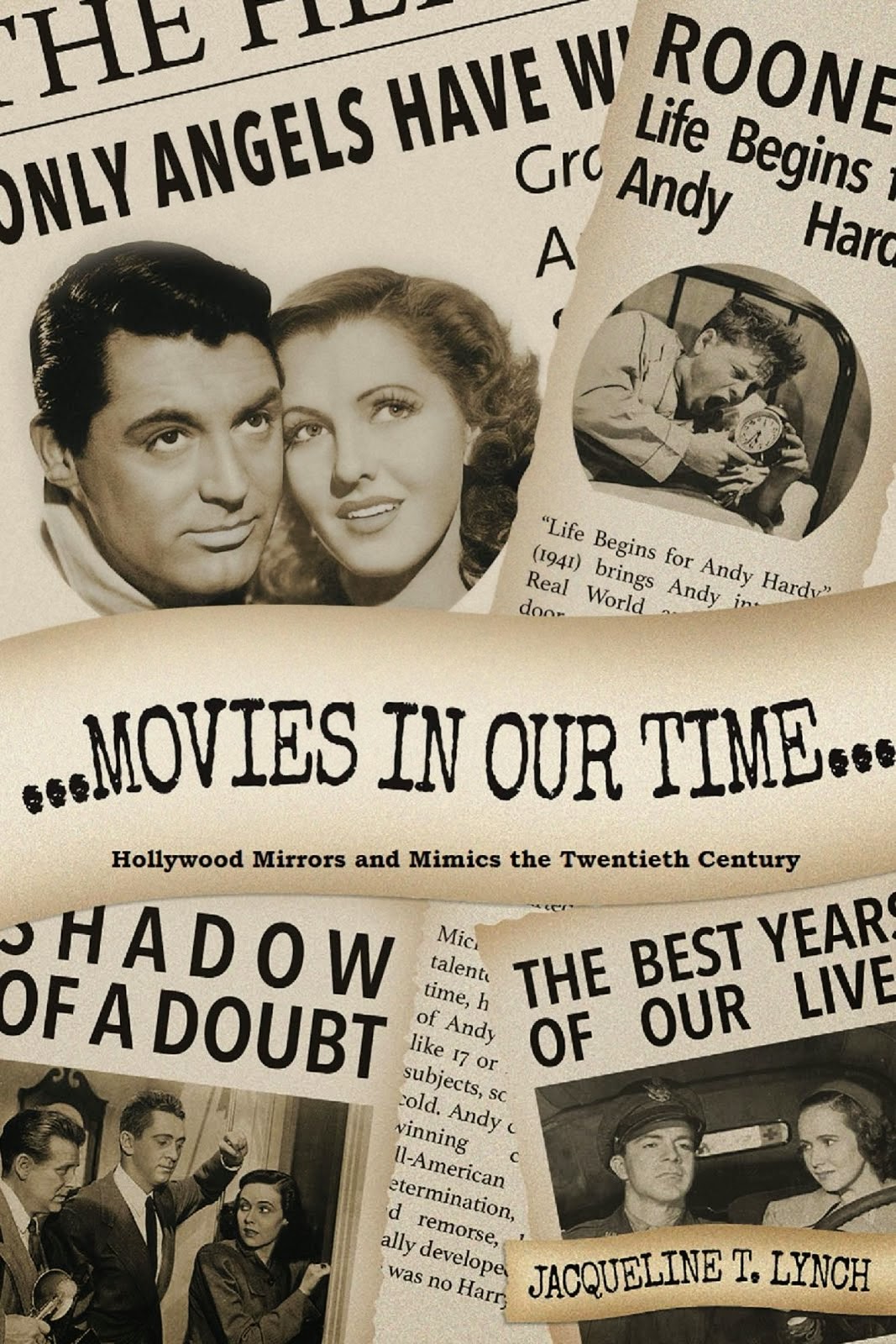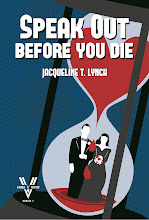
“A Moon for the Misbegotten” currently playing at the Merrimack Repertory Theatre features a strong cast bringing to life Eugene O’Neill’s damaged, complicated, and often very funny characters in the most hearty, and heartbreaking, manner.
The shanty Irish Hogans, father and daughter, live hand to mouth on a hardscrabble farm on the edge of more polite Connecticut village life in 1923. They do more battle with each other than with their neighbors, contending in colorful Irish oaths and rollicking threats of violence over issues ranging from Phil Hogan’s scheming ways, his drinking, and equally devilish daughter Josie’s temper, and tales of her easy virtue.
James Tyrone, Jr., the dandy actor who playfully spars with Phil as his drinking buddy, and spars with Josie over personal secrets, shares a tortured night of confessions and castigations with Josie. We see, as they do, that love and healing take many forms.
 Kate Udall is stunning as Josie, who though labeled throughout the play as a big, strong woman with spirit and an independent streak, becomes suddenly vulnerable when her true feelings, and her secret is revealed. Josie finds relief in sharing her secret and revealing her passion and gentleness, learning to find peace with that unique burden of strong people, which is not being allowed to be anything but strong. Udall is on stage for most of the play, and deftly carries the soul of the play as her feisty, and surprisingly romantic, character supports the needs of those around her.
Kate Udall is stunning as Josie, who though labeled throughout the play as a big, strong woman with spirit and an independent streak, becomes suddenly vulnerable when her true feelings, and her secret is revealed. Josie finds relief in sharing her secret and revealing her passion and gentleness, learning to find peace with that unique burden of strong people, which is not being allowed to be anything but strong. Udall is on stage for most of the play, and deftly carries the soul of the play as her feisty, and surprisingly romantic, character supports the needs of those around her. 
Gordon Joseph Weiss terrifically captures the curmudgeonly rascal Phil Hogan, Josie’s incorrigible father whose tricks and questionable business dealings provide much of the play’s humor and balances the more unhappy aspects of the characters’ relationships. He is physical, and majestically boisterous. The rapport and timing between Weiss and Udall is something wonderful, trading quips and insults and threats interchangeably.

Michael Canavan’s fine understated performance as their friend, contrasts the more emotionally volatile manner of the other two, yet his demons are far worse. James Tyrone, the gentleman actor with the drinking problem has emotional and psychological burdens too great to bear until this night when Josie draws them out and bears them for him. Canavan successfully balances both despair and teasing humor, and pulls the audience in with his tragic honesty.
John Kooi is the wealthy neighbor T. Stedman Harder in a memorable rollicking scene where the hapless gentleman finds himself the victim of his social inferiors’ revenge. Karl Baker Olson is Josie’s young brother Mike, who bitterly leaves the family shack and establishes in the opening scenes the Hogan family history.
Directed by Edward Morgan, the play moves along at a quick pace, and is foremost a play more reliant on dialogue than on physical action. The grittiness is made suddenly lyrical at odd moments. One of these is when Tyrone stands outside the shack in the early evening, and sees through the dimly lit window that Josie is combing her hair. We see the shadow of this slow, sensual, dance-like action projected against the scrim in the background.
Bill Clarke is responsible for the scenic design, which makes use of the intimate stage with a very evocative “other side of the tracks” setting. There are bits of grass growing from the crumbling, iconic New England stone wall, and the rough, split and rotting boards of the shack and the ramshackle front porch on which much of the action takes place brings a stark and unforgiving texture to the scene. The realism of the set is a suggestion itself of what the Hogans’ lives are like, and by its contrast, enhances rather than negates the tenderness of Josie’s eventual understanding of Tyrone and his sense of guilt.
Jeni Schaefer, costume design, sets the period with the finer clothes of the finer gentlemen. She illustrates both the hand-to-mouth existence and recalcitrant manner of father and daughter in Phil Hogan’s loose, torn, overalls that seem to have a life of their own apart from his constantly writhing body, and in Josie’s diamond-in-the-rough persona in simple, unadorned, shift dresses.
“A Moon for the Misbegotten” was Eugene O’Neill’s last play. O’Neill changed the face and future of American theatre in the 1920s and 1930s with his literate plays which explored serious issues, taking American drama beyond the established 19th century style melodrama. He won four Pulitzer Prizes, and was the only American playwright ever to win the Nobel Prize for Literature.
“A Moon for the Misbegotten” runs through May 17th at the Merrimack Repertory Theatre, 50 East Merrimack Street, Lowell. For more information on the production, have a look at this website.
The show was very well received by the audience at the performance I saw, with enthusiastic comments traded back and forth as we left the theater. Try to see this soulful, moving play in this first-rate production for yourself, and please let us know what you thought.
Note: All photographs accompanying this piece are by Meghan Moore.






